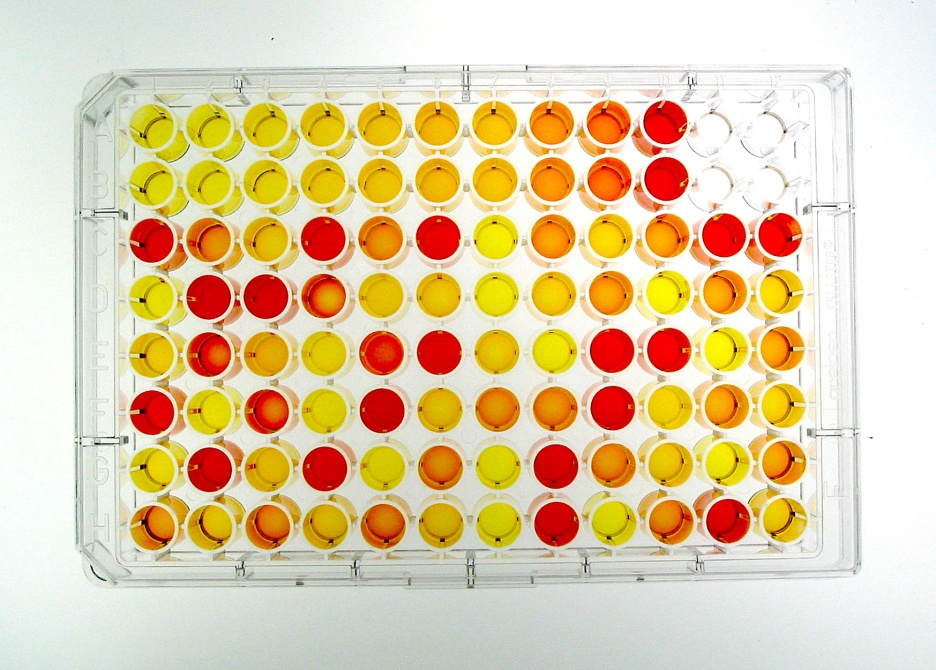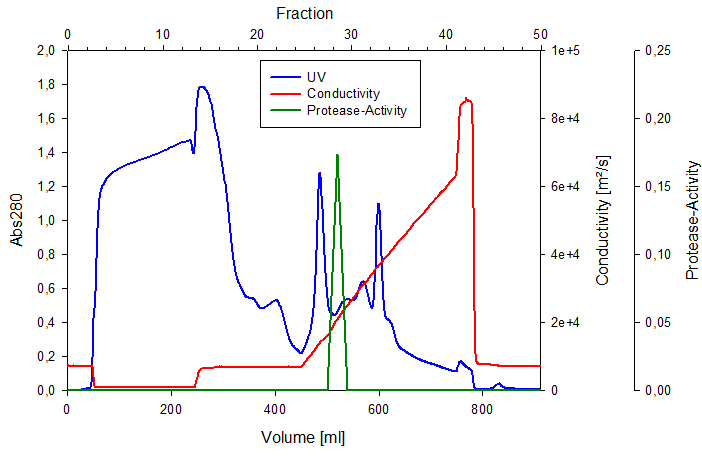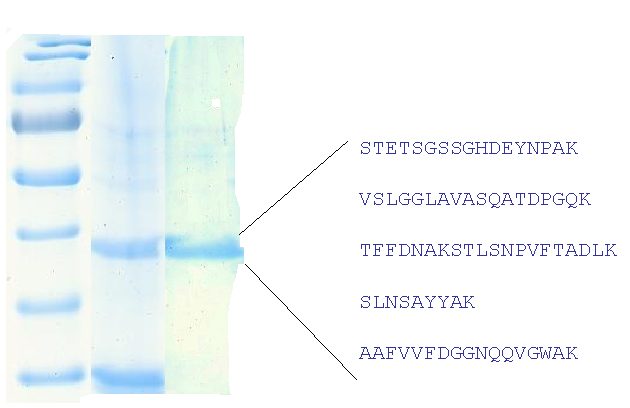Enzymes are biological catalysts of chemical reactions. The role of industrially produced enzymes increases every day. Since the development of native and recombinant proteins is one of the most expanding branches of modern biotechnology We find them in many aspects of our daily life, e.g. as ingredients of commercial detergents (proteases and amylases) or in dairy products (lactase, chymosin), but also in many industrial applications.
The family of cellulases, for example, are used to clarify fruit juices, but also are used in the bio-fuel industry and in the pulp or paper industry.
Chitinases play an important role in biotechnology for the production of fungal protoplasts as well for the production of high valued chitooligosaccharides (used in food and cosmetics, among others). Moreover chitinases may be used as fungal and insect plague control, for biomass recovery from shellfish and for cheese manufacturing industries.
Some other examples are dextranases (uses in sugar mills to eliminate dextrans) or xylanases (used for bio-bleaching of wood pulps and as food additives in baking industry).
Furthermore, the development and success in many scientific and industrial areas have been only possible due to the use of better and cheaper enzymes in fields like molecular biology.
Consequently, there is a continuous requirement for new enzymes, with novel features and functions, which are more resistant and that are easier to produce.
Over a half of the industrial enzymes used nowadays are from fungi and yeast. Over a half of the industrial enzymes used nowadays are from fungi and yeast. Fungi comprise a rich source of exceptional enzymes with the most complex diversity in nature. In order to compensate for their inability to “move”, fungi evolved mechanisms including many secreted extracellular enzymes particular suitable to cope with changing environmental conditions during their lifecycles or host invasion.
The diversity of the fungal collection at the IBWF (more than 18 000 strains) place us in a exceptional position for the discovery of new and interesting enzymes that may be used in scientific and industrial applications. The facilities and experience at the IBWF makes possible to discover, characterize, purify, identify and modify new enzymes with novel features.

Assay for the detection of diverse enzymatic activities on agar plates.

Dextranase assay in microtiter plates, an example for the quantification and characterization of an enzymatic activity.

Purification of the enzyme of interest is achieved by chromatography. In this case a protease has been purified using anion exchange chromatography.

SDS analysis of purified proteins and microsequencing results by tandem mass spectrometry (Q-TOF)
